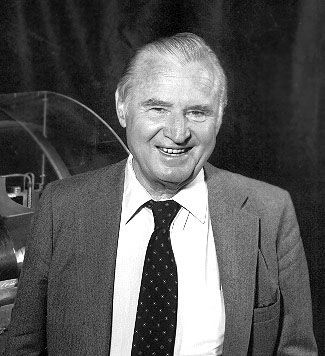John Barber (engineer)
Inventor of the gas turbine engine
Who is considered to be the Father of the Jet engine?

Introduction: step back in time
Air, in a jet engine, goes in through the intake, gets compressed under high pressure, is ignited in the combustion chamber and then expelled through the exhaust.
To understand the principals at work, we look at the work of Sir Isaac Newton.
Newton was an English physicist and mathematician, who lived between 1643 and 1727. He made several discoveries and formulated significant laws of physics. The two following laws come into play in the inner workings of a jet engine:
- There is a direct relation between the movement of a body and the force applied to it
- When one body exerts a force on a second body, the second body simultaneously exerts a force equal in magnitude and opposite in direction on the first body
And that is exactly how a gas turbine, or jet engine, as we know it, works.
In 1791 Barber took out a patent which contained all of the important features of a successful gas turbine. Planned as a method of propelling a "horseless carriage", Barber's design included a chain-driven gas compressor, a combustion chamber, and a turbine.
Barber's concept was sound, but given the technology of the day, it was not possible for the device to create sufficient power to produce useful work. Nevertheless, the credit for the idea that leads to the modern gas turbine can clearly be given to John Barber.
In 1930, Sir Frank Whittle patented a design for a gas turbine for jet propulsion, in England. The first successful use of this engine was in April, 1937. His early work on the theory of gas propulsion was based on the contributions of most of the earlier pioneers of this field, including John Barber.
Hans von Ohain started to develop his first turbojet engine designs independently during the same period that Whittle was working on his own similar designs in Britain, and their turbojet designs are said, by some, to be an example of simultaneous invention.
Von Ohain's first test unit ran on hydrogen in March 1937, and it was a later development that powered the world's first flyable all-jet aircraft, the experimental Heinkel He 178 (He 178 V1) in late August 1939.
Von Ohain´s design, an axial-flow engine, as opposed to Whittle's centrifugal flow engine, was eventually adopted by most manufacturers by the 1950's.
Give credit where credit is due!
Frank Whittle and Hans von Ohain are considered by some to be the Fathers of the jet engine.
However, building upon the foundations laid by Sir Isaac Newton, amonth others, John Barber could be considered the pioneer of the gas turbine engine. And doubtless, the jet engine is the most highly developed specimen of said gas turbine engine, having impacted the way we experience aviation, in the modern age, in a hugely significant way.
 Hans von Ohain
Hans von Ohain
 Frank Whittle
Frank Whittle